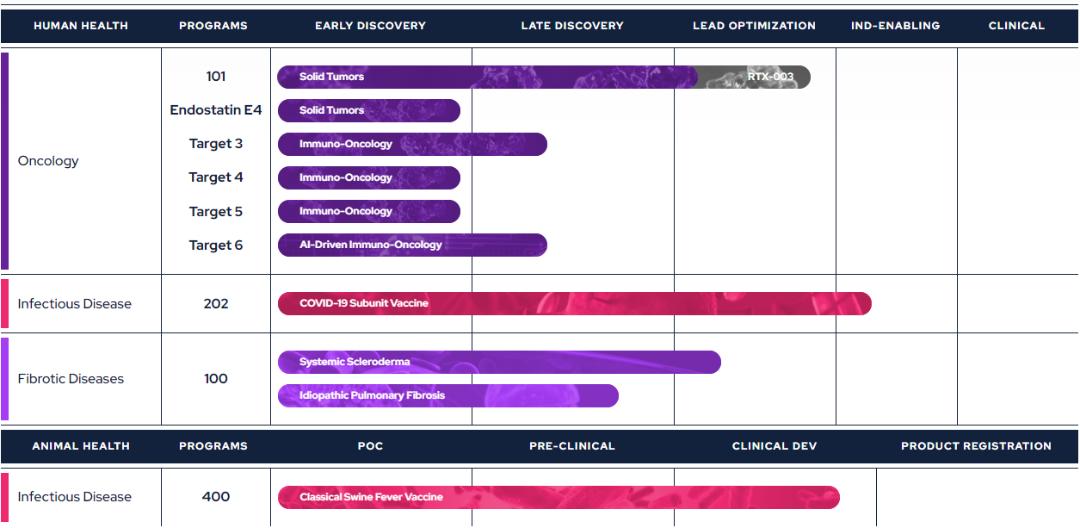Ground Lease Agreement) of the Property. The Ground Lease Agreement includes various covenants, indemnities, defaults, termination rights, and other provisions customary for lease transactions of this nature.
The Equity Purchase Agreement
The Company also entered into an Equity Purchase Agreement with Bryan Capital on November 1, 2021 (the “Equity Purchase Agreement”) pursuant to which the Company acquired for $50,000 cash, plus the Warrant, the one (1) share of iBio CMO Preferred Tracking Stock and the 0.01% interest in iBio CDMO owned by Bryan Capital. iBio CDMO is now a wholly owned subsidiary of the Company.
The Credit Agreement
In connection with the Purchase and Sale Agreement, iBio CDMO entered into a Credit Agreement, dated November 1, 2021, with Woodforest National Bank (Woodforest") (the “Credit Agreement”) pursuant to which Woodforest provided iBio CDMO a $22,375,000 secured term loan (the “Term Loan”) to purchase the Facility, which Term Loan is evidenced by a Term Note (the “Term Note”). The Term Loan was advanced in full on the closing date. The Term Loan bears interest at a rate of 3.25%, with higher interest rates upon an event of default, which interest is payable monthly beginning November 5, 2021. Principal on the Term Loan is payable on November 1, 2023, subject to early termination upon events of default. The Term Loan provides that it may be prepaid by iBio CDMO at any time and provides for mandatory prepayment upon certain circumstances.
The Credit Agreement contains customary events of default (which are in some cases subject to certain exceptions, thresholds, notice requirements and grace periods), including, but not limited to, nonpayment of principal or interest, failure to perform or observe covenants, breaches of representations and warranties, cross-defaults with certain other indebtedness, certain bankruptcy-related events or proceedings, final monetary judgments or orders and certain change of control events. The covenants include a prohibition on the incurrence of Debt (as defined in the Credit Agreement) except permitted Debt (as defined in the Credit Agreement) and Liens (as defined in the Credit Agreement) and termination of the Ground Lease Agreement. In addition, the Company must maintain unrestricted cash of no less than $10,000,000.
The Company opened an irrevocable letter of credit in the amount of approximately $5,469,000 in favor of Woodforest. The letter of credit expires on October 29, 2022, and renews annually as required.
The proceeds of the Term Loan were used (a) to fund a portion of the purchase price under the Purchase Agreement, and (b) to pay closing costs in connection with the Credit Agreement. The term loan is secured by (a) a leasehold deed of trust on the Facility, (b) a letter of credit issued by JPMorgan Chase Bank, and (c) a first lien on all assets of iBio CDMO including the Facility.
At December 31, 2021, the Term Loan of $22,375,000 is presented net of the Company’s approximate $322,000 of costs incurred to attain the debt. Interest expense incurred under the Credit Agreement for both the three and six months ended December 31, 2021, amounted to $123,000.
Security and Pledge Agreements, Guaranties and Deed of Trust
iBio CDMO also entered into a Security Agreement on November 1, 2021 with Woodforest (the “Security Agreement”) providing Woodforest a security interest in the following assets of iBio CDMO (subject to certain exclusions): all personal and fixture property of every kind and nature, including, without limitation, all goods (including, but not limited to, all equipment and any accessions thereto), all inventory, instruments (including promissory notes), documents, accounts, chattel paper (whether tangible or electronic), deposit accounts, securities accounts, letter-of-credit rights (whether or not the letter of credit is evidenced by a writing), money, commercial tort claims, securities and all other investment property, supporting obligations, contracts, contract rights, other rights to the payment of money, insurance claims and proceeds, software, fixtures, vehicles and rolling stock (whether or not subject to a certificate of title statute), leasehold improvements, general intangibles (including all payment intangibles), and all of iBio CDMO’s company and other business books, reports, memoranda, customer lists, credit files, data compilations, and computer software, in any form, including, without limitation, whether on tape, disk, card, strip, cartridge, or any other form, pertaining to any and all of the foregoing property, and all products and proceeds of the foregoing.
The Company also entered into a Guaranty for the benefit of Woodforest (the “Guaranty”) pursuant to which it guaranteed all of the obligations of iBio CDMO to Woodforest.
In addition, iBio CDMO entered into a Leasehold Deed of Trust, Assignment of Rents, Security Agreement and UCC Financing Statement for Fixture Filing (the “Deed of Trust”) with the trustee named therein and Woodforest as beneficiary, securing all of iBio CDMO’s obligations to Woodforest by a senior priority security interest in the Property.
